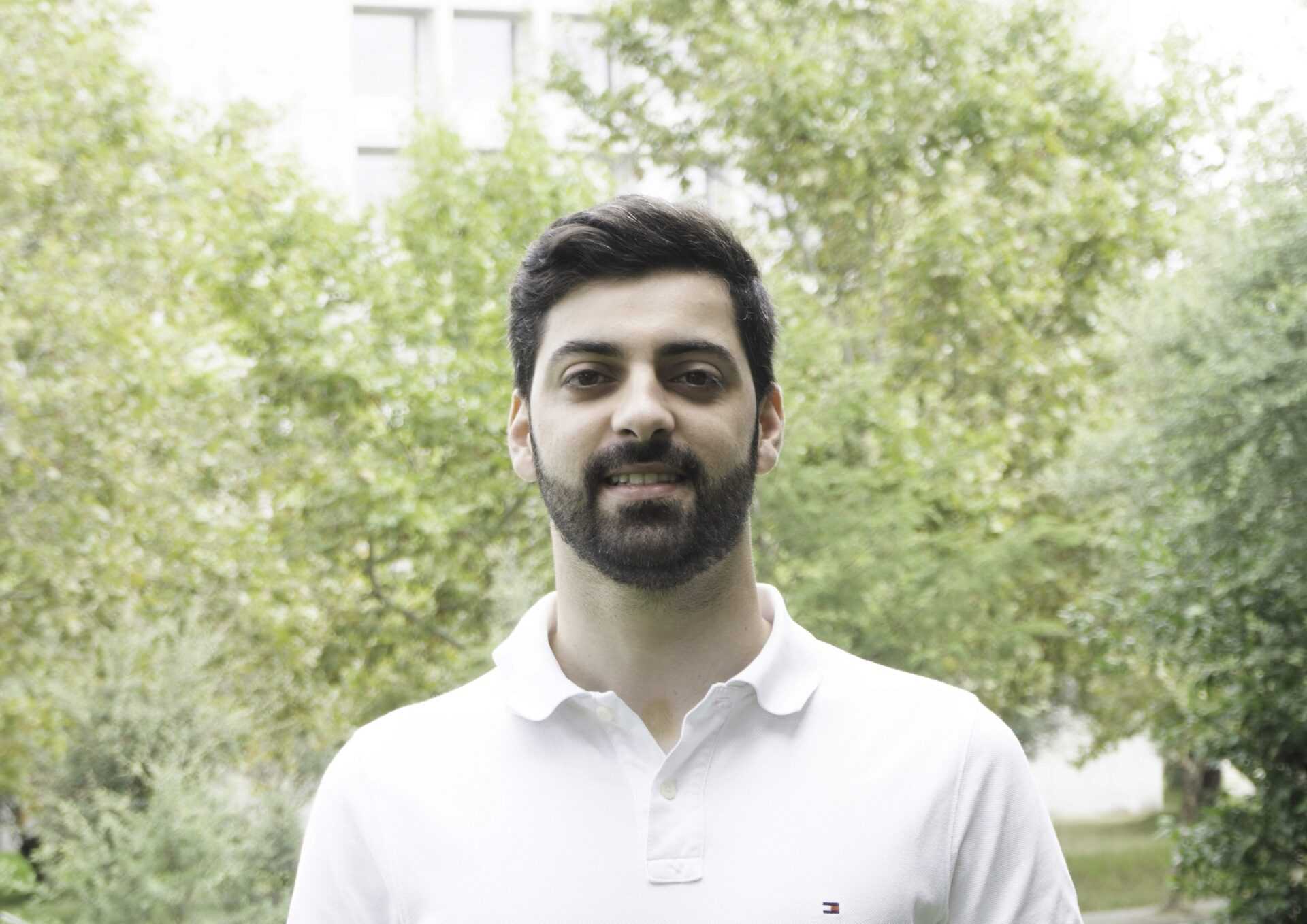10 Key Sales Forecasting Techniques for 2025
Jul 2, 2025 in Machine Learning
Discover the top 10 sales forecasting techniques for 2025. This guide covers everything from time series to machine learning for ultimate accuracy.
Not a member? Sign up now
Paulo Maia on Aug 2, 2023
Spatial Explanations with Occlusions: In computer vision, businesses must grasp the workings of image models to fully leverage visual data. Our simple method called spatial explanations with occlusions, helps achieve a deeper understanding. By employing spatial occlusions across images, this technique unveils critical areas that significantly influence the model’s predictions.”
What to do with these insights, you may ask. Having a deeper understanding of your system is the first step to optimizing your business. You can use these insights for 2 purposes:
Spatial explanations rely on the concept of occlusion, where specific areas of an image are masked or occluded to observe their impact on the model’s predictions. To do so, a patch of the original image is replaced with the average values from the dataset in the corresponding location. The original image and the image with the occlusion are analyzed by the predictive model and the difference between those predictions is used as a proxy of the region’s importance. The higher the difference, the greater the impact of the region. By repeating this process with patches from different locations and of different sizes, it is possible to build a heatmap, where the temperature represents the impact on the predictions.
Replacing the occlusion with average values from the dataset is particularly effective in industrial settings, where cameras and most objects remain fixed. In scenarios where the average patch occlusion is not suitable, you can employ alternative methods. Here are some other options:
This adaptability allows the spatial occlusions explanation method to be tailored to the specific needs of your business.
Well done! Now you know the rationale behind our method! What about a few more tips to get the best from your explainable heat maps?

Book a meeting with Rafael Cavalheiro
Meet Rafael Learn MoreSpatial explanations offer a powerful approach to interpreting image models and extracting valuable insights from visual data. By employing spatial occlusions, businesses can unravel the inner workings of their models, enabling informed decision-making and enhanced trust. Embrace the power of spatial explanations to unlock the full potential of your image models. Contact us if you’re ready to embark on a journey of comprehensive understanding and actionable insights.
Like this story?
Special offers, latest news and quality content in your inbox.
Jul 2, 2025 in Machine Learning
Discover the top 10 sales forecasting techniques for 2025. This guide covers everything from time series to machine learning for ultimate accuracy.
Jul 2, 2025 in Technical
Discover key business intelligence dashboard examples to enhance your data insights. Explore trending dashboards for impactful decision-making in 2025.
Jul 2, 2025 in Machine Learning
A practical guide to predicting customer churn. Learn how to build a churn prediction model, from data prep to actionable retention strategies.
| Cookie | Duration | Description |
|---|---|---|
| cookielawinfo-checkbox-analytics | 11 months | This cookie is set by GDPR Cookie Consent plugin. The cookie is used to store the user consent for the cookies in the category "Analytics". |
| cookielawinfo-checkbox-functional | 11 months | The cookie is set by GDPR cookie consent to record the user consent for the cookies in the category "Functional". |
| cookielawinfo-checkbox-necessary | 11 months | This cookie is set by GDPR Cookie Consent plugin. The cookies is used to store the user consent for the cookies in the category "Necessary". |
| cookielawinfo-checkbox-others | 11 months | This cookie is set by GDPR Cookie Consent plugin. The cookie is used to store the user consent for the cookies in the category "Other. |
| cookielawinfo-checkbox-performance | 11 months | This cookie is set by GDPR Cookie Consent plugin. The cookie is used to store the user consent for the cookies in the category "Performance". |
| viewed_cookie_policy | 11 months | The cookie is set by the GDPR Cookie Consent plugin and is used to store whether or not user has consented to the use of cookies. It does not store any personal data. |